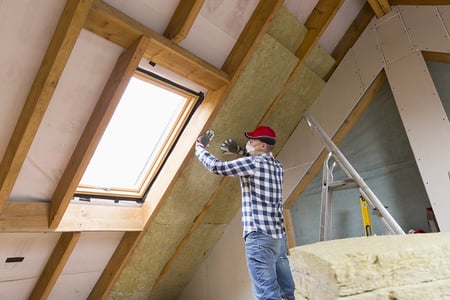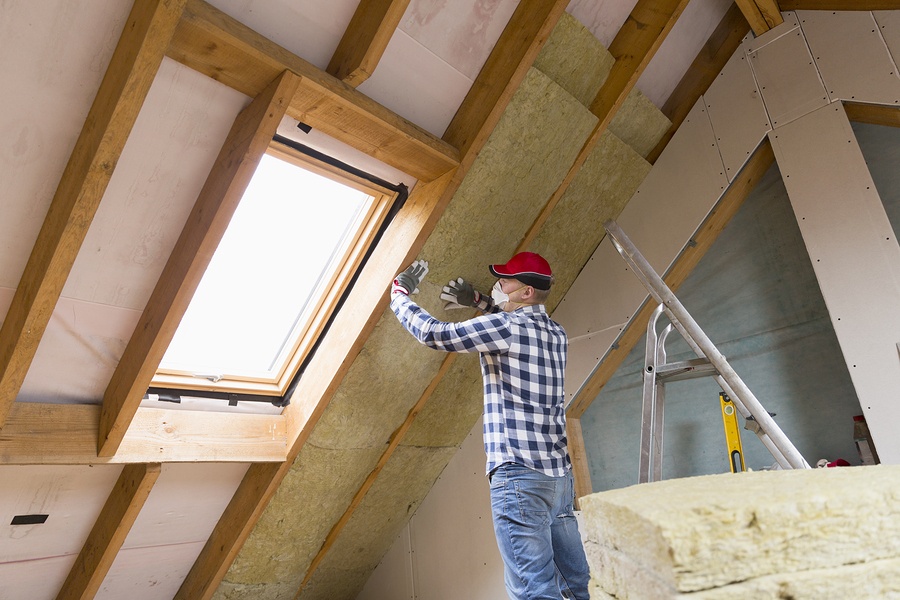How Home Insulation Can Save You Energy (and Money) All Winter Long

Proper home insulation can save homeowners “an average of 15 percent on heating and cooling costs,” they say. This is a significant amount, considering that most homeowners spend about $2,000 a year on those bills.
No matter how well-built your home may be, it also may be losing about 25 percent of the energy you pay for every month, mostly through the doors and windows. Other trouble spots often include:

- Attic hatch and attic
- Baseboards
- Behind bathtubs and shower stalls
- Cable TV and phone lines
- Ceiling fans
- Door and window frames
- Ducts
- Electrical outlets
- Fireplace damper
- Recessed lighting
- Soffits over cabinets
- Switch plates
- Vents and fans (including the dryer vent)
- Wall- or window-mounted air conditioners
How to Identify Air Leaks
Air leaks are not always obvious. A good way to identify them on a breezy day is to run either a feather, a lit long-stemmed lighter or a smoke pen around any area where you suspect air may be leaking. Movement is a sign of an air leak. You can also dampen your hand with water to sensitize it to air. Run your hand around the area to pinpoint a leak.
When you identify an air leak, mark the spot with a sticky note. Then, if you want to make a whole-house sweep with your caulk gun and some weather-stripping, you'll work more efficiently.
By ensuring your home is properly insulated, you’ll be able to save money on your energy bill this winter. Give these blog posts a read for more tips on how to prep your home for the cold weather:

